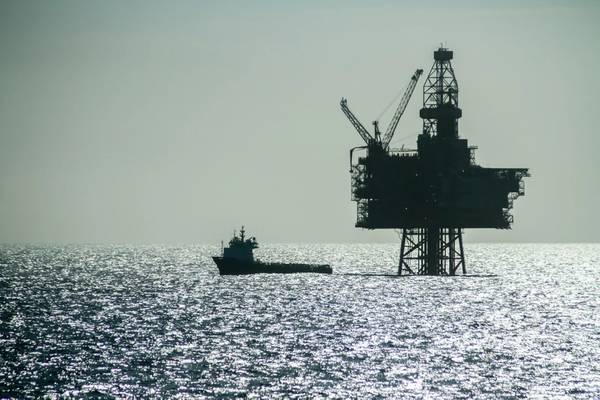

The offshore supply vessel industry has weathered a tumultuous decade characterized by a prolonged trough that tested the resilience of vessel owners. However, the tides have turned, and the industry is now experiencing a strong and much-awaited revival.
The offshore supply vessel industry has weathered a tumultuous decade characterized by a prolonged trough that tested the resilience of vessel owners. However, the tides have turned, and the industry is now experiencing a strong and much-awaited revival.
While long seen as a derelict industry by investors, improving market conditions and a number of corporate activities have recaptured investors' attention for the OSV space again.
Standard Supply, a Standard ETC spin-off, listed on Euronext Growth Oslo in June 2022 as a pure platform supply vessel (PSV) player and has been opportunistically active in the S&P market since.
Among historical names, DOF ASA underwent bankruptcy in November 2022 after long and troubled negotiations with its creditors, and DOF Group was listed in June 2023 as the new holding company. The IPO was largely oversubscribed and successfully closed after DOF rejected an offer from Subsea7.
Tidewater further strengthened its position as the OSV giant through the acquisition of 50 vessels from Swire Pacific Offshore in March 2022, and more recently with the purchase of 37 large and mid-sized vessels from Solstad Offshore. Meanwhile, share performance for several of the names has been stellar, led by Tidewater – up c. 180% last 12 months.
However, many OSV players are still battling with high level of indebtedness, legacy of the newbuild order boom back in 2014 – when optimism for future increase in demand was pervasive, and financing was both available and affordable – just to be followed by the oil price crash and the consequent downturn.
The COVID-19 outbreak interrupted the momentum building in 2019, but the OSV market came back in full swing in 2022, supported by increased global E&P spending and revitalized offshore activity. Ship owners have since experienced an overall improvement in earnings, driven by an increase in average dayrates and utilization achieved throughout all vessel segments.
Subhead – Dayrates Reach Peak Levels
Dayrates for larger and in high-demand tonnage have now reached previous peak levels, with +20k BHP AHTS trading around USD 45k/day, while PSVs with 4,000+ dwt are eyeing USD 35k/day globally, with certain regions closing on USD 40k/day.
The subsea and offshore construction market is sold out and projected to reach USD 100k/d in the next years for larger tonnage (>400t SWL CON).
As the demand for OSV vessels has been recovering, the supply side of the market has undergone a profound transformation over the past decade.
The market deterioration from 2015 onwards has led to historically low orderbook, while long-term layups and scrapping of vessels have combined resulted in a finite and shrinking total fleet.
Most Old Units Not Coming Back
Although reactivations have provided some relief to the tight market, the majority of the cold-stacked units has been out of the market for close to ten years and/or are more than 20 years old, meaning it is unlikely for those units to return back to work, in our view.
Meanwhile, newbuilds are at the moment capped by limited financing, rising building costs, longer lead time at yards, and uncertainty over the prevailing fuel technology.
The continued uptick in dayrates and replacement costs has translated into higher secondhand asset values.
As an example, the 2012-built 680m2 PSV Standard Duke was recently sold for USD 11m after being purchased for USD 7m (including reactivation) a year before. Looking at larger transactions, Tidewater benefitted from the distressed sale of Solstad Offshore PSV fleet of 37 large-and-mid PSV (10 years avg, age), priced at USD 16m per vessel vs our estimated fair value of USD 30m for large and modern tonnage.
As the sector keeps heading towards full recovery, we see capital discipline to prevail among OSV owners, focusing on debt reduction and returning value to shareholders.
While newbuilds are not on the table today, several players have commented on being open to the possibility of ordering new vessels if supported by multi-year term contracts at dayrates significantly higher than current levels.
Though, limited yard capacity and financial constraints will limit newbuild influx in the short term as we see it. Meanwhile, we expect more corporate activities going forward as owners streamline their fleets and focus on core segments.
In conclusion, the offshore supply vessel industry has traversed a challenging path from a decade-long trough to a triumphant resurgence.
The firming supply-demand balance has granted vessel owners increased bargaining power, resulting in improved terms and increased profitability.
While global recession risk and rising cost of capital following interest rate hikes from central banks, represent a near-term macro risk, the underlying fundamentals – further helped by the growing offshore wind industry – support a long-term-upcycle for vessel owners, in our view.



